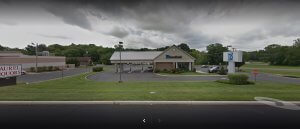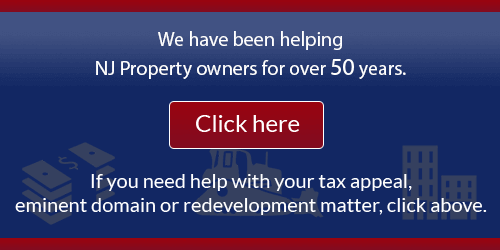Flawed Highest and Best Use Determination Cripples Taxpayer’s Case
A valuation trial of a retail bank branch was recently heard before the Tax Court. Beneficial Mutual Savings Bank v. Twp. of Mount Laurel involved a one-story retail bank branch that is owner-occupied. The history of the subject property was relevant to plaintiff’s valuation analysis. Approximately 20 years ago, Rt. 38 was widened from four lanes to a total of eight lanes which resulted in a partial taking of the bank. After the partial taking, entry to the bank became problematic due to a lack of a deceleration lane or shoulder in front of the bank. The partial taking also eliminated several parking spaces and further resulted in a concrete divider which prevented customers from accessing the bank from the westbound traffic on Rt. 38. According to plaintiff’s expert, these past developments at the subject property in conjunction with advances in retail banking rendered the current improvements at the subject property obsolete.
(Photo courtesy of Google Maps)
The owner asserted that the subject property’s highest and best use was its continued interim use as a retail bank branch for a limited foreseeable future, and to be later used to house an office, pharmacy, or other use. Due to the property’s location, configuration, and outdated model of banking which fails to be compatible with current banking practices, plaintiff’s expert relied solely on sales of properties for uses other than as a bank branch in the market, or comparable sales, approach in his appraisal. The Township, on the other hand, argued that subject property is adequate for current banking practices as evidenced by the fact that as of the relevant valuation dates the subject property was used as a retail bank branch. The court agreed with the Town given that the subject property had been used as a retail bank branch for more than two decades, including on the relevant valuation dates, and thus rejected the plaintiff’s highest and best use conclusion.
Plaintiff’s expert also relied upon the income approach but this was also rejected by the court. Plaintiff’s expert used only rental rates offered by property owners, and not rents reflected in actual leases. Plaintiff’s expert identified ranges of asking rents for various properties and from that range selected what he described as “typical” rents or “average” rents. The Tax Court had previously ruled that this was not an appropriate methodology in the income approach. Plaintiff’s expert also relied on rental data related to large Class A and Class B office buildings which were not comparable to the subject property. The Township’s income approach fared no better. First, defendant’s expert obtained all of his comparable leases from the reports of other appraisers and failed to review, and verify any of the actual leases. The court noted that “[w]ithout having verified the accuracy of the lease information on which he relies, defendant’s expert cannot credibly offer an opinion of market rent.”
Given the flaws evident in both experts’ appraisal methodologies, the Tax Court ultimately affirmed the assessments under appeal. A copy of the opinion can be read here.








